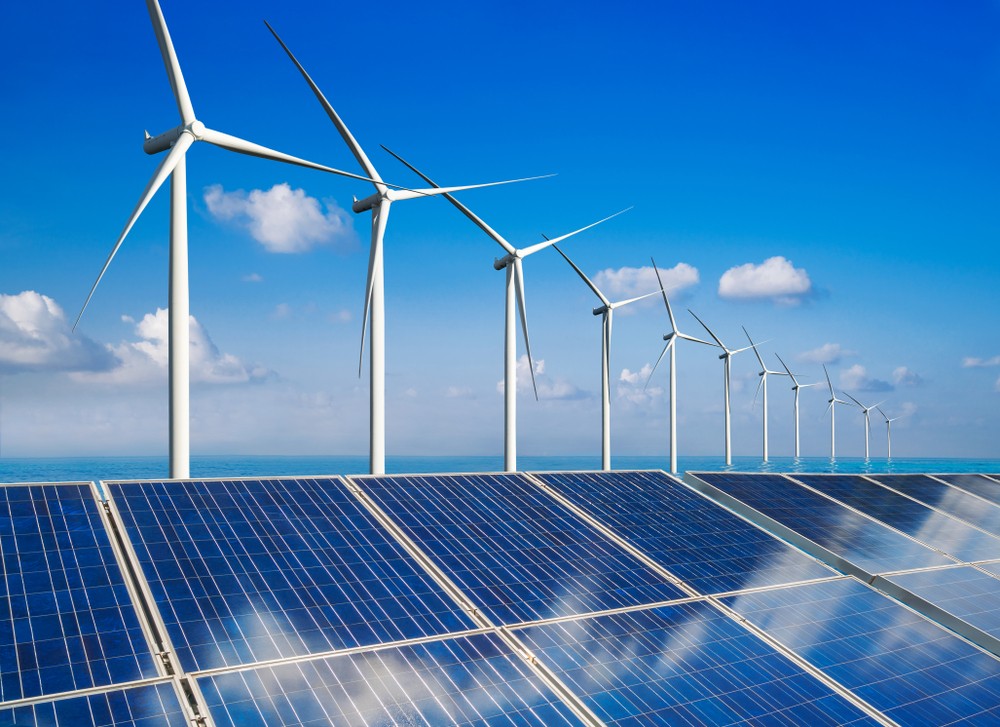“We are seeing warning signals that electricity demand is outstripping supply due to delays in investment and permitting,” said Lloyd Jones, VP Analyst at Gartner.
Fortune 500 companies are already investing in infrastructure, such as microgrids, as energy pricing and availability are reaching a tipping point. “In doing so, they are shifting their operational electricity spending from utilities to capital investment in dedicated electricity infrastructure projects,” said Jones. “This allows them to meet their own energy needs and better control their costs going forward.”
Microgrids Offer Better ROI
Microgrids are power networks that connect generation, storage and loads in an independent energy system. The system can operate on its own or with the main grid to meet the electricity needs of a specific area or facility.
“Microgrids are challenging the traditional business model of utility-provisioned electricity,” said Jones. “They offer companies a secured independent electricity system that may synchronize with the grid to trade energy resources when market conditions are favorable. As well as improving resilience, microgrids will provide renewable energy, lowering the carbon footprint.”
Investing in a microgrid involves significant upfront costs. Organizations should consider the long-term benefits which include uninterrupted operations and protection against grid failures.
“For Fortune 500 organizations, who spend a fair amount of their operating expenses on energy, investing in microgrids offers a better return than continuing to pay volatile utility bills,” said Jones. “It also creates competitive advantage for day-to-day operations and derisk energy supply in the future.”
Electricity Systems to Become More Dynamic
Whether organizations invest in microgrids or other power supply options, organizations should take action in switching up their power supply. “Delaying action exposes businesses to mounting costs and constraints caused by an outdated grid, as high demand outpaces the availability of the existing system and its supply chains,” said Jones.
Gartner analysts expect the electricity systems will become more dynamic. Utilities, tech giants and the industry need to act now:
Utilities should facilitate microgrids, looking for connectivity options to top up electricity supply while also innovating their products and services.
Tech giants should anticipate that their social license to operate will be questioned if they don't start addressing their own energy needs, through mechanisms such as microgrids.
The industry should anticipate volatile energy costs and assess the tipping point where investments in microgrids will derisk their business and guarantee growth.
Gartner clients can read more in “Gartner’s Top Strategic Predictions for 2025 and Beyond: Riding the AI Whirlwind.”




